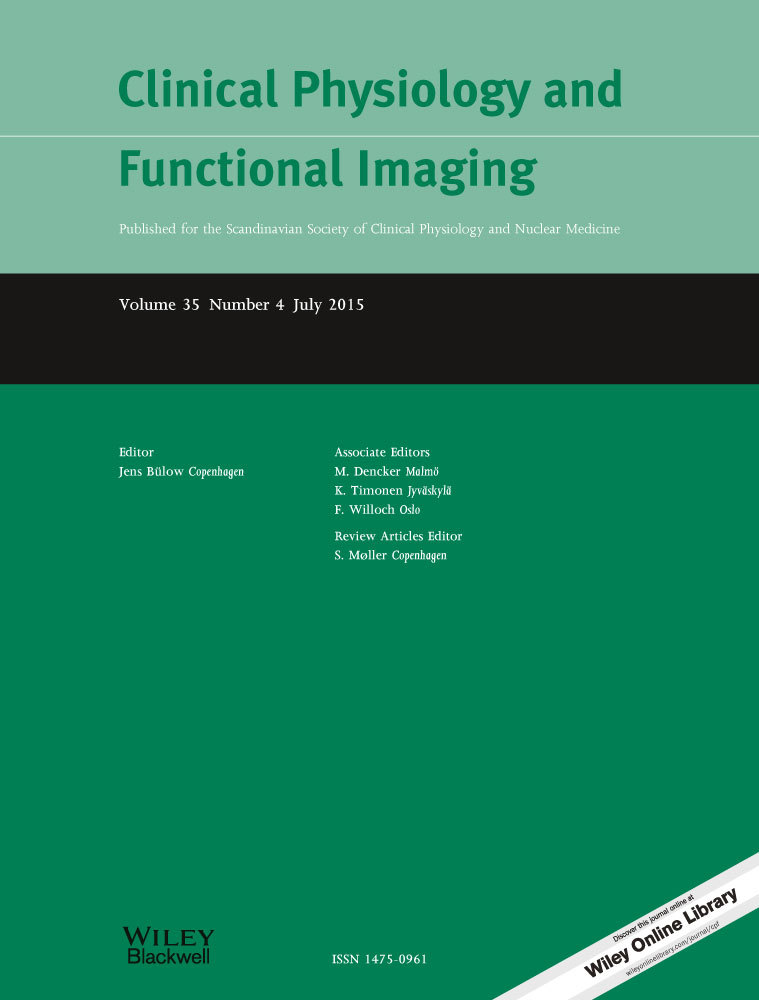Protection against muscle damage induced by electrical stimulation: efficiency of a preconditioning programme
Summary
Purpose
The aim of this study was to explore the efficiency of a preconditioning programme composed of neuromuscular electrical stimulation (NMES) in the protection against muscle damage induced by a subsequent bout of NMES.
Methods
Sixteen male volunteers were split up into a control group (CG; n = 8) and a preconditioned group (PCG; n = 8). Both groups attended two NMES bouts (test 1 and test 2) spaced 5 weeks apart. Each one consisted in 100 quadriceps contractions and 100 hamstrings contractions. PCG attended five additional progressive NMES sessions between test 1 and test 2. The outcome measures were the changes in muscle soreness [0–10 pain score on visual analogue pain scale (VAS)], muscle flexibility and serum creatine kinase (CK) activity; they were assessed before (pre-T1) and after (post-T1) test 1 and before (pre-T2) and after (post-T2) test 2.
Results
Damage markers increased similarly in both groups after test 1 (at post-T1, VAS scores = 4·18 ± 2 and 4·43 ± 1·56 cm in CG and PCG, respectively; CK activity = 2307 ± 3774 and 1671 ± 1790 IU l−1 in CG and PCG, respectively). Compared with test 1, these damage markers were reduced after test 2 in CG (at post-T2, VAS score = 2·68 ± 1·27 cm and CK activity = 218 ± 72 IU l−1). Muscle soreness was further reduced after test 2 in PCG (VAS score = 0·37 ± 0·74 cm).
Conclusions
A protective effect against muscle damage can be obtained after only one NMES bout, and an additional protective effect can be induced by a preconditioning programme.




